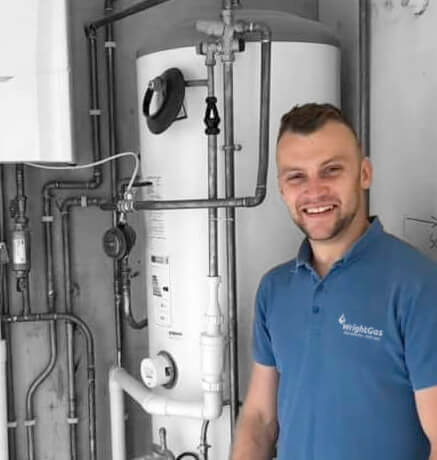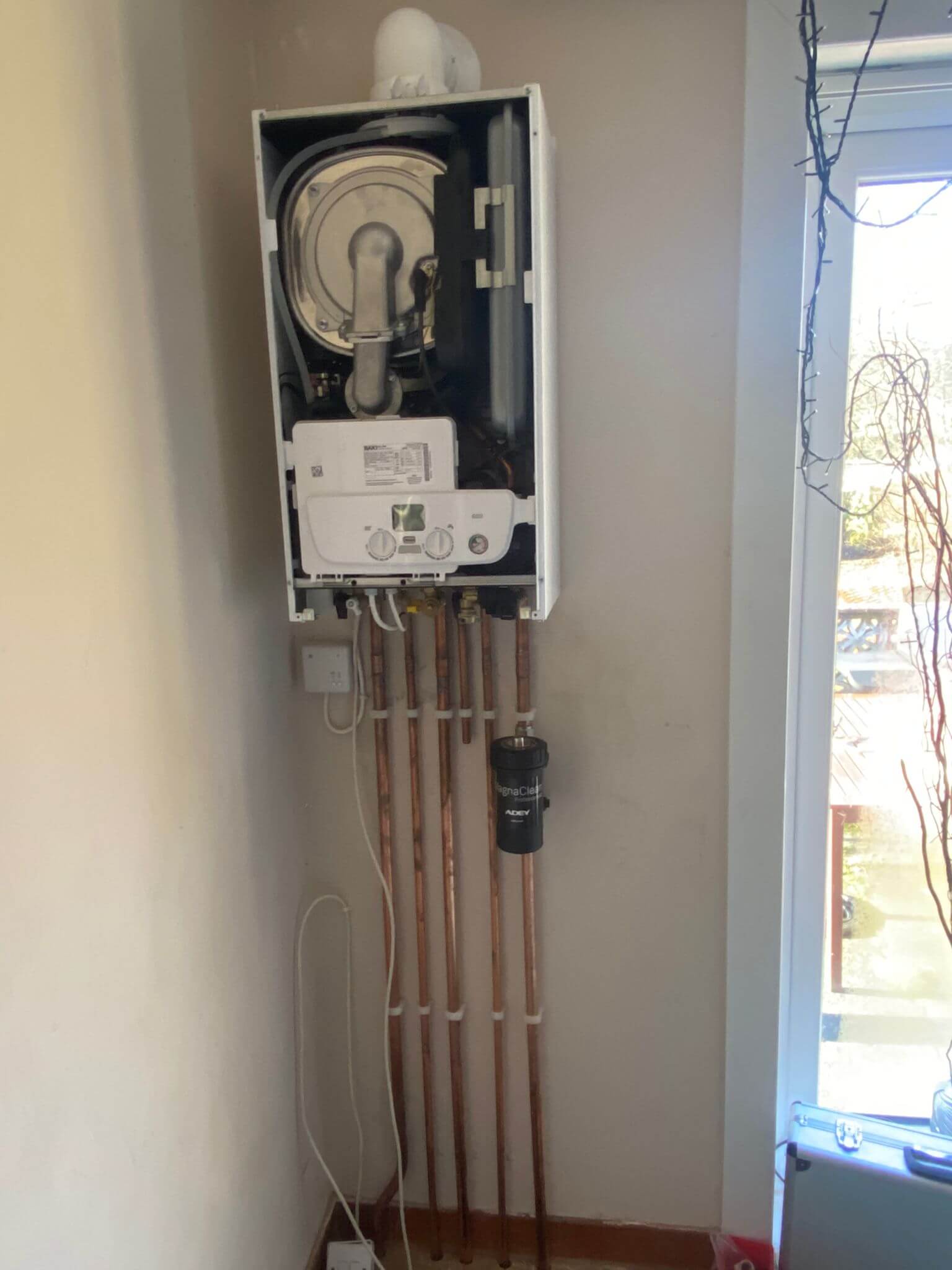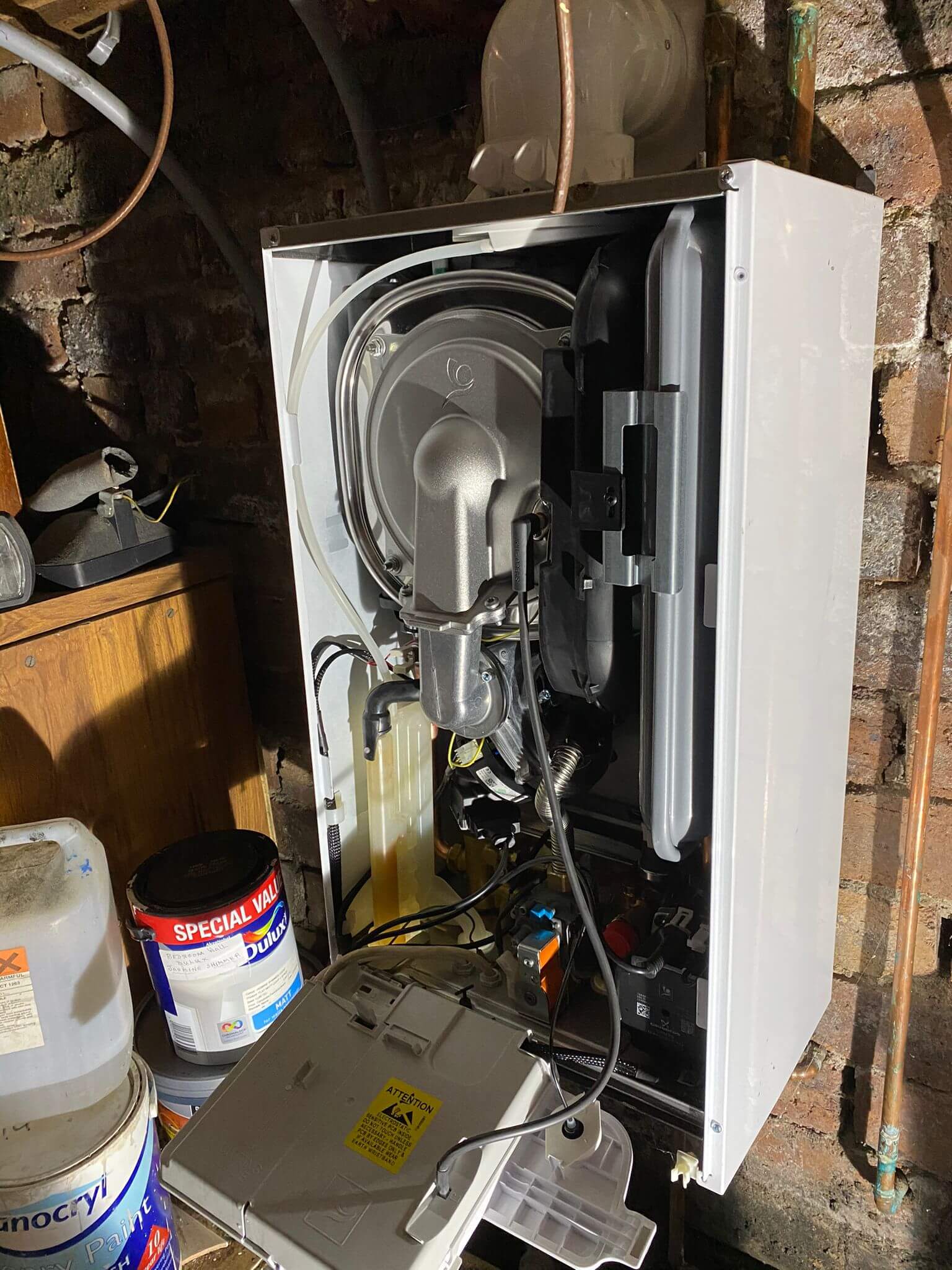How to start your boiler after summer?: The Essential Guide
As summer days pass and cooler weather creeps in, it’s time to shift gears and prepare your home for the chilly months ahead. One of the most crucial tasks on your list should be getting your boiler back in action. After months of dormancy, your boiler needs a bit of care to ensure it’s ready to deliver warmth efficiently and safely. Here’s how to start your boiler after summer and tackle common issues head-on:
1. Inspect Your Boiler Thoroughly
Before you flip the switch and fire up your boiler, take a close look at it.
- Check for Visible Damage: Start by inspecting your boiler for any obvious signs of damage, such as leaks, rust, or unusual wear and tear. If you’re asking yourself, “Why won’t my boiler turn on after summer?” then spotting these issues early can save you from bigger headaches later.
- Clear the Surroundings: Ensure the area around your boiler is free from clutter and obstructions. Proper ventilation is crucial for your boiler’s operation, so make sure nothing is blocking the vents.
2. Assess the Boiler Pressure
Once you’ve given your boiler a visual check, it’s time to focus on the pressure.
- Ideal Pressure Range: Your boiler’s pressure should be between 1 and 2 bars. If it’s dipping below 1, your boiler might struggle to operate correctly.
- Understand Pressure Drops: Several factors could cause a drop in pressure, like small leaks, a faulty pressure relief valve, or even recent radiator bleeding. If the pressure is too low, your boiler won’t ignite.
- Spot Leaks: Before you attempt to re-pressurize the boiler, inspect your heating system for any leaks. If you find one, turn off the water supply and get in touch with a heating engineer right away.
- Re-pressurizing Your Boiler: If leaks aren’t the issue, you can often re-pressurize the system yourself. Check your boiler’s manual for step-by-step instructions on how to do this safely.

3. Power Up the Boiler
Now that you’ve inspected and adjusted the pressure, it’s time to turn your boiler on.
- Turn on the Boiler: Locate the main power switch and turn it on. If you’re wondering, “How do I set my boiler to come on?” This is your starting point.
- Adjust the Thermostat: Set your thermostat and timer to your preferred settings. Most people find a temperature range of 18-21°C comfortable, but adjust it as needed to fit your household’s needs.
4. Bleed the Radiators
Since your radiators have been idle for months, they may need a little attention.
- Check for Cold Spots: If your radiators aren’t heating evenly or if there are cold patches, trapped air might be the problem.
- Bleed the Radiators: Use a radiator key to release trapped air. Open the valve at the top of each radiator until you hear a hissing sound, then close it once water starts flowing.
- Thermostatic Radiator Valves (TRVs): If your TRVs were closed all summer, they might get stuck. Keep them slightly open during warmer months to ensure they’re functional when you need them.
5. Gradually Increase the Temperature
As the weather cools, you might be tempted to crank up the heat immediately, but take it slow.
- Increase Gradually: Instead of turning up the thermostat all at once, adjust it one degree at a time. This approach helps you find the ideal comfort level without wasting energy. This can also prevent issues where you might ask, “Why is my thermostat not turning my boiler on?” Sudden temperature changes can sometimes cause problems.
- Optimal Temperature: Generally, 18-21°C is a comfortable range for most homes. For elderly family members or those with health issues, you might need to set the temperature a bit higher.
- Thermostat Tip: Remember, raising the thermostat won’t make your home warm up faster; it will just achieve a higher temperature, which could lead to increased energy bills.

6. Common Issues
After a long period of inactivity, your boiler could develop a few issues.
- Kettling Sounds: If you hear a noise resembling a kettle boiling when you start the heating, it’s a sign of kettling. This occurs when sludge or limescale builds up on the heat exchanger, restricting water flow and causing overheating. If you encounter this, you’ll need a heating engineer to clean the heat exchanger and potentially install a magnetic filter to prevent future problems.
- Pilot Light Problems: If your pilot light won’t stay lit, check the gas supply. A faulty thermocouple or a draft might be causing the issue. If you can’t resolve it yourself, calling a professional is the best course of action.
7. Understand the Implications of Turning Off Your Boiler
As winter approaches, you might be asking yourself, “Can I turn my boiler off in winter?” and if yes, you might be wondering “Does turning a boiler off damage it?”
- Potential Risks: Turning off your boiler during the winter can lead to frozen pipes and costly damage. Boilers are designed for continuous use, and extended periods of inactivity, especially in cold weather, can cause problems. It’s generally better to keep it running or at least on standby to prevent freezing and ensure it’s ready when you need it.
- Automatic Activation: Many modern boilers come equipped with frost protection settings that activate the system if the temperature drops too low, preventing freezing. This means that even if you think your boiler is off, it might still turn on automatically, addressing concerns like “Do boilers turn on automatically?”
8. Reintroduce Your Boiler Gradually
If your boiler has been off all summer, ease it back into regular use.
- Fire It Up Occasionally: Ideally, you should have run your boiler once or twice a month during the summer to prevent dust and debris build-up. If you didn’t, don’t worry, start by turning your boiler on a few times over the next couple of weeks to prevent blockages and corrosion.
- Early Detection: This gradual reintroduction helps catch any issues like faulty pumps or zone valves before they become major problems.

9. Test Your System
With everything set up, it’s time to put your boiler to the test.
- Run the Boiler: Increase the thermostat to activate the heating. Listen for any unusual noises, such as banging or gurgling, which could indicate air in the system or other issues.
- Monitor the Pressure: After running for a while, check the pressure gauge again. It should remain stable within the 1-2 bar range. If you notice significant fluctuations, this might signal an underlying issue needing attention.
10. Monitor and Maintain
After firing up your boiler, keep an eye on it for the next few days.
- Error Codes: Modern boilers often display error codes if something’s not right. If you encounter any, consult the manual for troubleshooting advice.
- Carbon Monoxide Alarm: Ensure your carbon monoxide detector is working properly. Although leaks are rare, they can be dangerous, making this step crucial for your safety.
11. Schedule a Professional Service
If your boiler hasn’t been serviced recently, now’s the perfect time to arrange a check-up.
- Importance of Maintenance: Regular servicing can extend your boiler’s lifespan and enhance its efficiency. It also helps catch potential issues before they turn into costly repairs. According to the Energy Saving Trust, a well-maintained boiler can save you up to £200 annually on your heating bills.
Wrapping up..
Getting your boiler up and running after summer doesn’t have to be overwhelming. By following these steps, you can address common issues and ensure your home stays warm and comfortable throughout the colder months.
Don’t wait until the chill sets in, addressing maintenance now can prevent costly repairs later and keep your heating system in top shape. Contact us today, and let’s make sure your boiler is ready for winter’s embrace.





 ENDORSED BY Which? TRUSTED TRADERS
ENDORSED BY Which? TRUSTED TRADERS
















